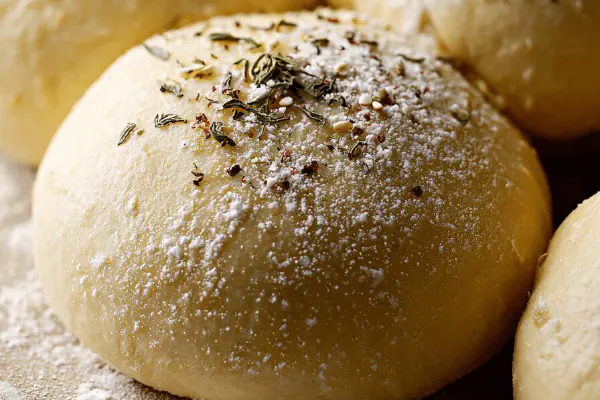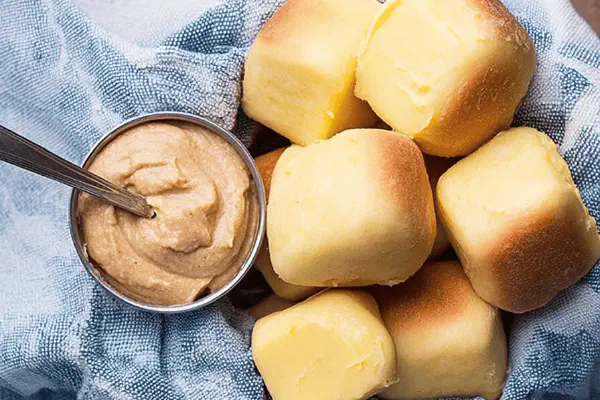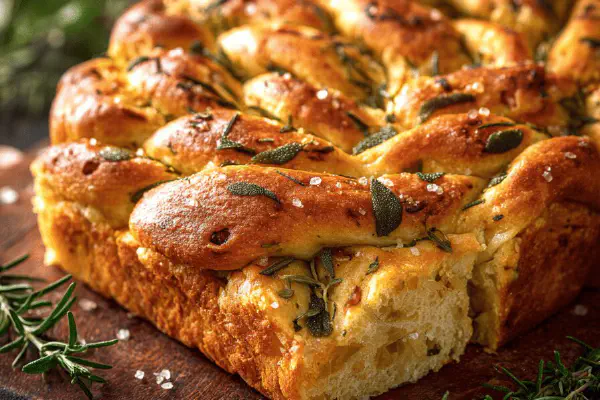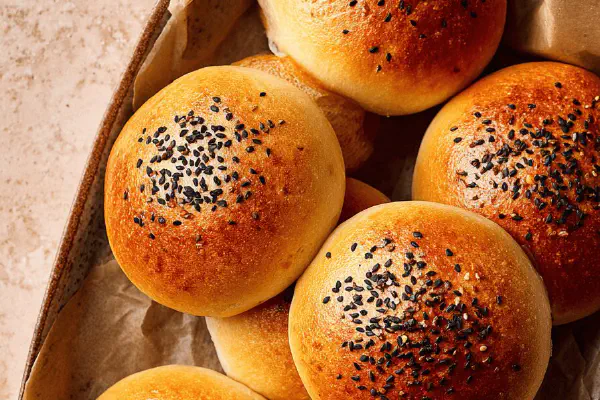Featured Recipe
Cherry Tomato Focaccia
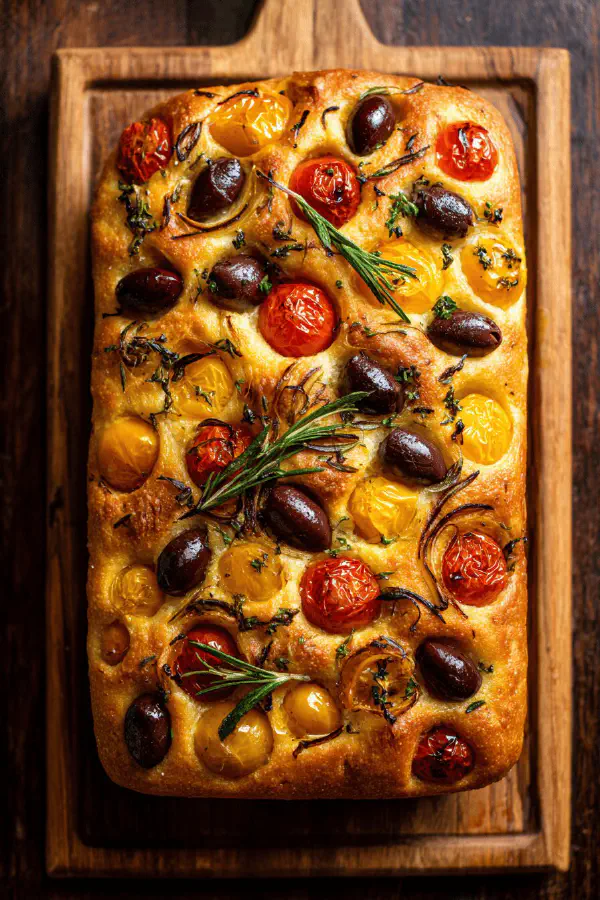
By Kate
"
Focaccia with two types of cherry tomatoes, infused with fresh herbs and garlic. Olive oil-rich dough spread thin, dotted with dimples, baked golden crisp. Aroma of rosemary and thyme lifts the kitchen. A rustic loaf with a tender crumb inside, crust crisping just right. Uses yellow and red tomatoes, switched to kalamata olives and caramelized onion for twist. Perfect for vegan diets, free of nuts and dairy. Timing shifts slightly. Watch dough rise and colour, not just clock.
"
Prep:
20 min
Cook:
30 min
Total:
50 min
Serves:
8 to 12 servings
baking
Italian
vegan
bread
Introduction
Forget cookie-cutter focaccia. Skip sugary quick-rises or aggressive kneading hacks. This loaf needs patience, not fuss. Olive oil works double duty — as flavor agent and moisture carrier within dough. Dimples act like reservoirs, holding oil and toppings in little pools. Focaccia’s soul isn’t just bubbles but those fragrant pockets of olive oil and garlic you taste in every mouthful. Two kinds of tomatoes for brightness and complexity. Swap a portion for olives with caramelized onions to cut acidity with umami. Crust coloration signals caramelization of sugars and Maillard reaction—golden, not burnt. Resting post-oven lets oil soak back; don’t skip. Slice warm or cool. Store wrapped; reheated is good but loses some crispness. Conventional bakery dough works here if you’re pressed; just proof well to develop spice and chew. Ideal for sharing, sandwiches, or alongside soups. Watch, listen, feel dough rise and crackle—practice speaks louder than timers.
Ingredients
About the ingredients
Oil quantity reduced from original to avoid greasiness — enough to coat and enrich without drowning dough. Using two-thirds the tomatoes preserves flavor focus and prevents soggy focaccia. Introducing kalamata olives and caramelized onions shifts the flavor profile—olives bring saltiness, onions sweetness and depth. Fresh herbs essential; dried lacks punch. Garlic minced finely avoids raw harshness; disperses aroma evenly. Sea salt coarse for crunch and bursts. Use quality extra virgin olive oil, no skimping — aroma impacts end. Dough can be homemade or store-bought focaccia base. Avoid thin crust dough here; slightly hydrating dough about 65% hydration works best — wet enough for subtle bubbles and chew, not sticky mess. If no caramelized onions, substitute thin slices caramelized in pan over low heat for 15 minutes, patience pays. If olives scarce, sun-dried tomatoes could partially replace. The mix of acidity, saltiness, and sweetness is balance, not overload.
Method
Technique Tips
Preheat carefully to avoid uneven heat or burning — middle rack ensures balanced heat from top and bottom. Spreading dough directly in well-oiled pan prevents sticking and crisps base. Avoid stretching dough too thin—thin spots bake dry, thick close to center remain mushy. Creating dimples with fingertips worth the effort; oil pools and character depend on this tactile step. Resting dough shortens rise time slightly compared to classic 30 minutes, compensating for added ingredients. When scattering toppings, less pressing means more texture contrast; avoid submerging cherry tomatoes. Baked tomatoes soften, pop slightly releasing juice without soaking dough if distribution even. Baking time altered +5 minutes for extra caramelization, check visually rather than time alone. A crackling crust sound and golden edges tell the story better than timer beep. Post-bake rest important to redistribute flavors, let oil absorb, and dough finish setting internally before slicing. Slice with serrated knife—pressing too hard crushes soft crumb. Serve room temp or slightly warm. Store loosely covered to keep crust.
Chef's Notes
- 💡 Room temp dough. Let it rise plenty. Watch it puff, pillowy not runny. Patience is key. Keep dough covered, drafts spoil it. Room temp for rise, avoid chill.
- 💡 Extra virgin olive oil. Quality matters. Aroma enhances flavor. Too much liquid? Less grease for a nice crumb. Proportion is crucial. Adjust oil as needed.
- 💡 Tomatoes should shine. Not too soggy but juicy. Scatter, don't press them into dough. They pop during baking, release juices. It adds flavor, texture.
- 💡 Dimples matter. Fingerprints create oil reservoirs. Helps toppings stick, adds character. Never skip this step. Each pocket holds flavor. Crispness and crunch balance.
- 💡 Storage options. Wrapping in foil helps retain moisture but crust firms up. For crispness, leave loosely covered. Reheating? Oven for crisp, microwave for soft.
Kitchen Wisdom
How to avoid soggy focaccia?
Less liquid in dough, proper tomato placement crucial. Sprinkle extra flour if needed. Balance moisture and dry elements.
Can I substitute olive oil?
Yes but not all oils work. Use vegetable, or grapeseed in a pinch. Olive has flavor, avoid bland choices.
Dough too sticky?
Flour on hands helps. Add small amounts of flour gradually. Knead till just right. Not too dry nor too sticky.
How to tell when focaccia is done?
Color hints at doneness. Golden brown edges, firm top, springy texture. Listen for crackling, aroma key indicator.
